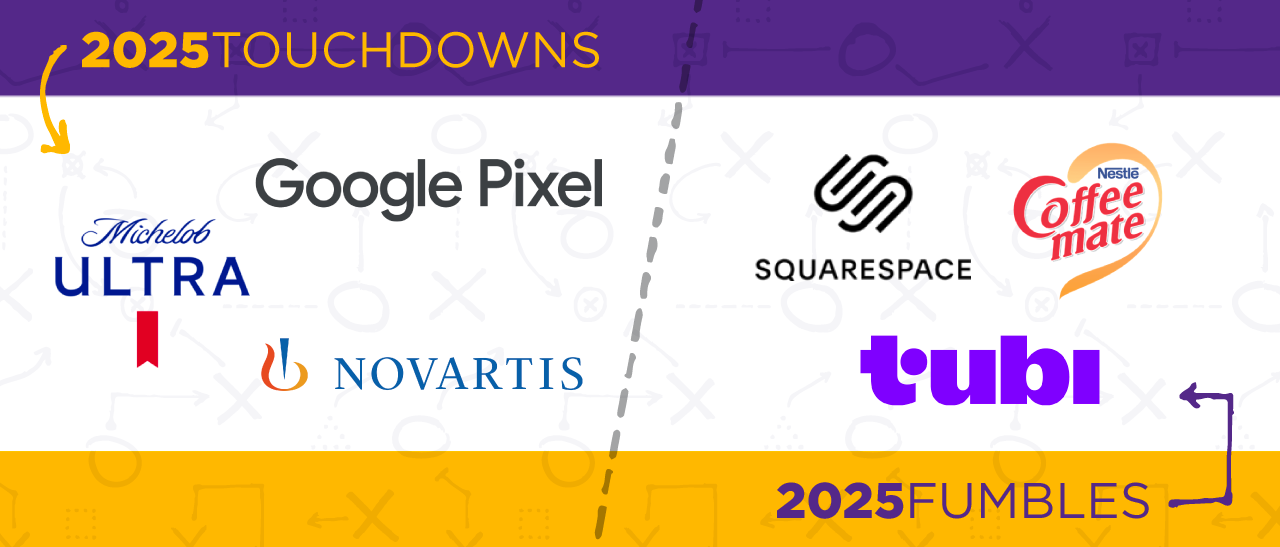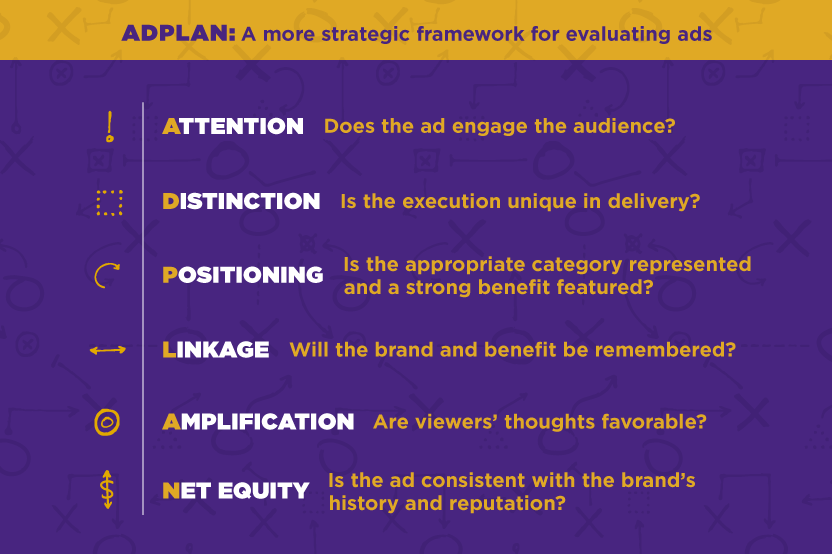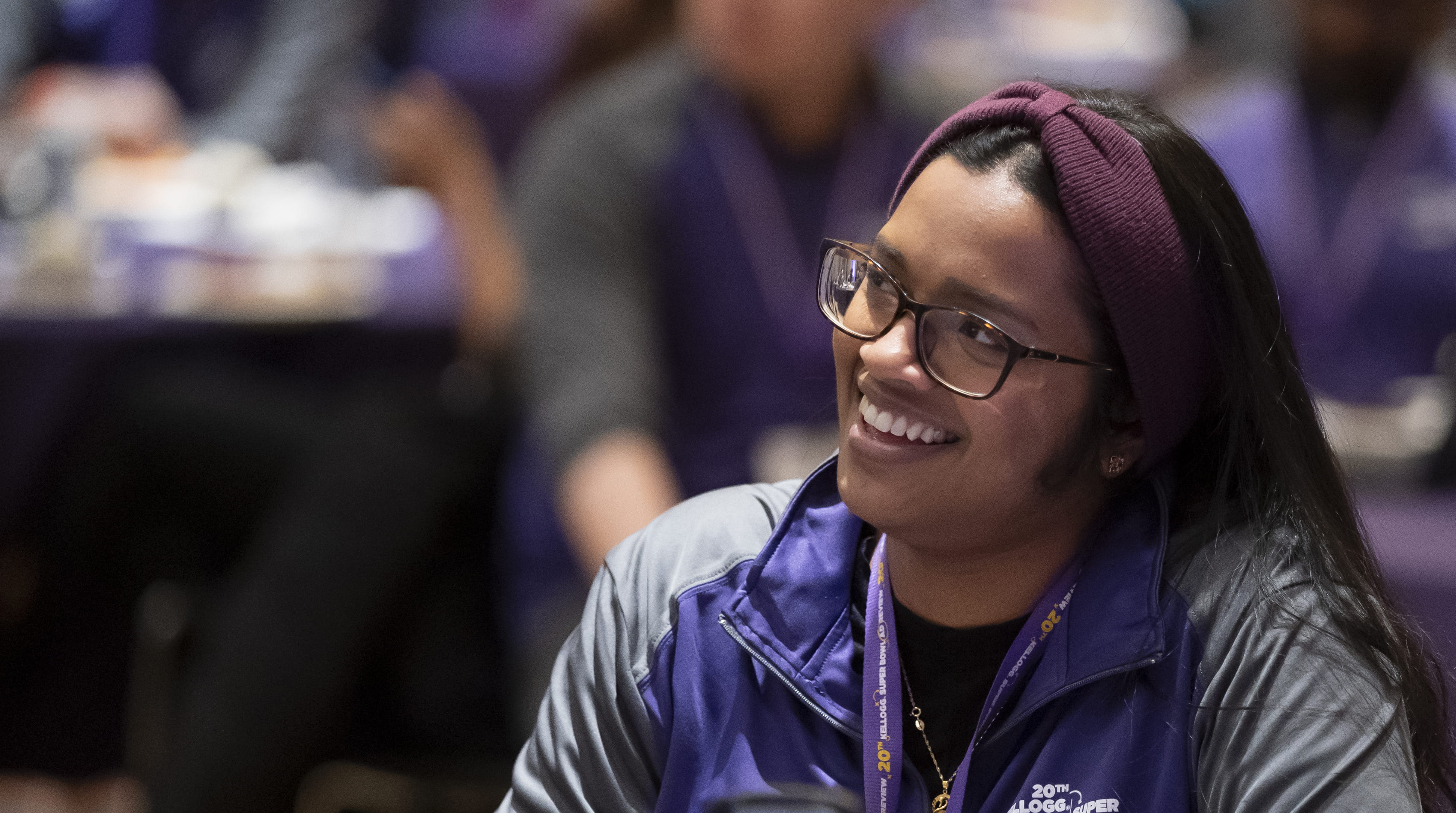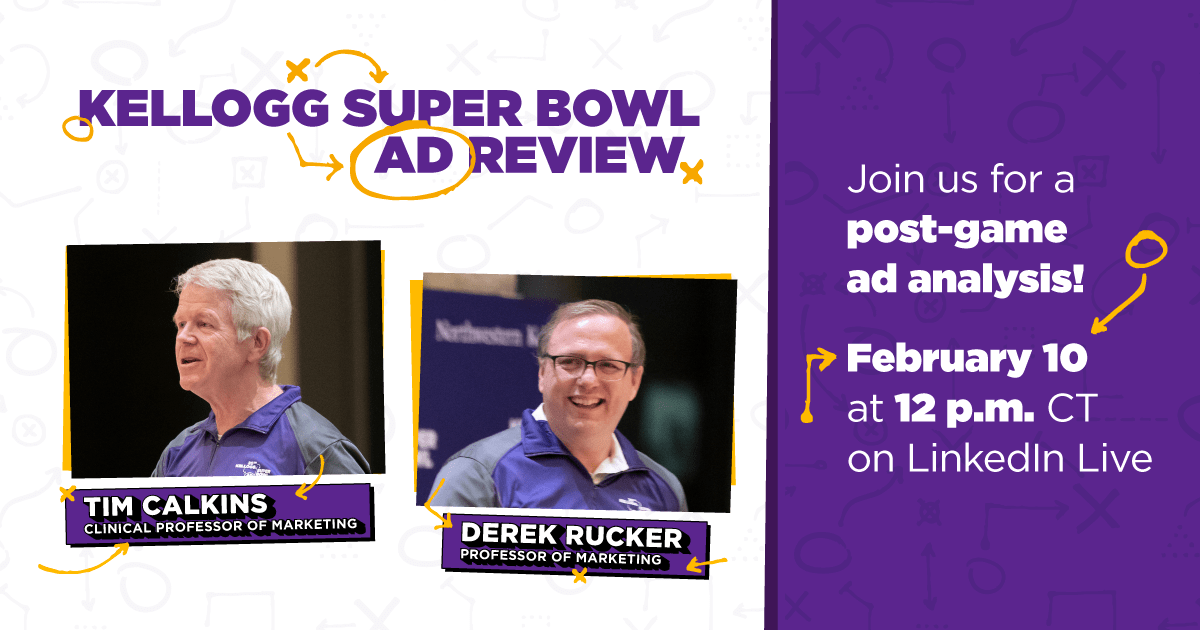Novartis Wins at the 2025 Kellogg School Super Bowl Advertising Review
Tubi and Squarespace Fumble during the Big Game
EVANSTON, IL. (Feb. 9, 2025) — Novartis took home the top spot in the 21st Kellogg School Super Bowl Advertising Review with its “Your Attention, Please” ad putting a spotlight on breast health and encouraging cancer screening – the first time a pharmaceutical company has come in first in the two decades of the strategic advertising review. Other brands that earned top marks included Michelob Ultra’s 'The ULTRA Hustle’ and Google Pixel’s ‘Dream Job.’ Not every advertiser hit the mark this year, including Tubi and Coffee-Mate, which received low grades during this year's Ad Review.
“Novartis took a risk to really break through the clutter with its unexpected focus on breast cancer screening,” said Tim Calkins, clinical professor of marketing and co-lead of the school's Ad Review. “The ad started out with a playful tone to then deliver a serious message,” added Derek Rucker, the Sandy & Morton Goldman professor of entrepreneurial studies in marketing and co-lead of the school’s Ad Review.
View the 2025 rankings
Get Involved!
Professors Rucker and Calkins will be reviewing a decade’s worth of remarkable Super Bowl spots in the weeks leading up to the game.
For a complete review of the advertising, join the Kellogg Super Bowl Ad Review webinar hosted by Kellogg Alumni Virtual Programs on February 12 at 12 p.m. CT.
Alumni: Look for related events in Chicago and New York!
Kellogg Super Bowl Ad Review Celebrated its 20th Anniversary in 2024

Kellogg on Branding
Meet the experts behind Kellogg Super Bowl Ad Review
The Kellogg School Super Bowl Advertising Review panel comprises Kellogg Marketing Club students, led by two of Kellogg’s most widely recognized marketing professors, Tim Calkins and Derek Rucker.


